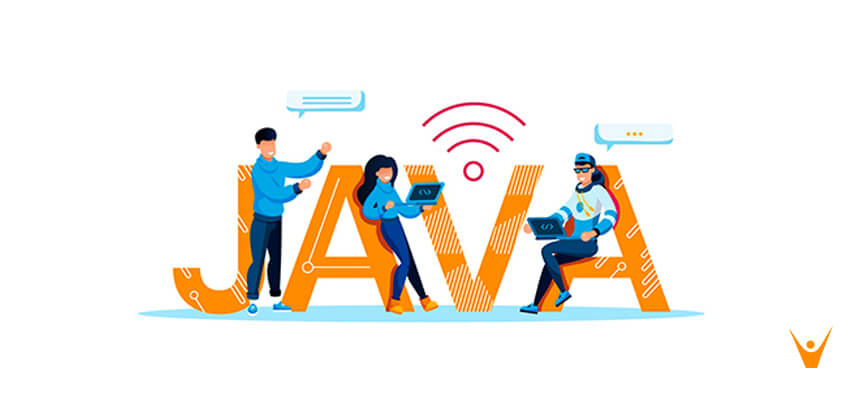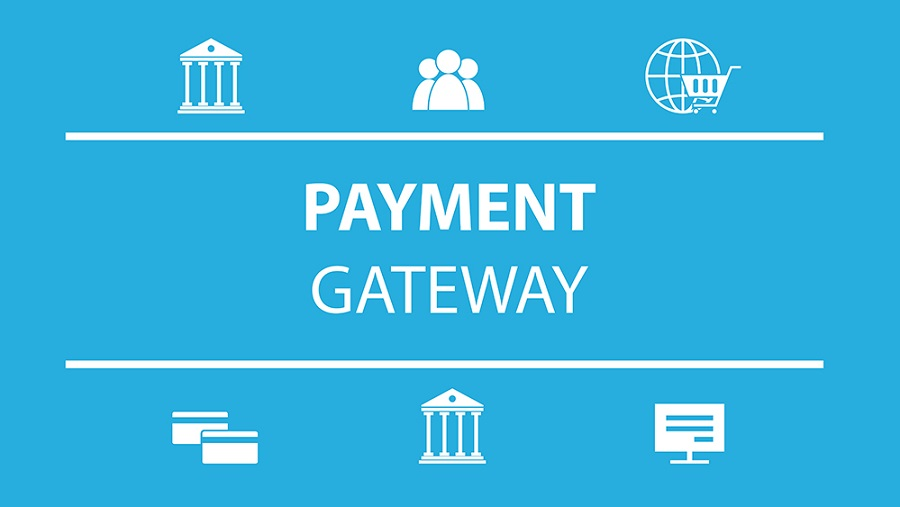Name : Buddy Kim
Date : 3-11-2023
Businesses, whether big or small, are constantly looking for secure and efficient ways to process payments. One of the key components that facilitate this process is a payment gateway. In this article, we will explore the intricacies of a payment gateway project in Java, a versatile and widely-used programming language.
Understanding Payment Gateways
What is a Payment Gateway?
A payment gateway is a technology [1]that allows businesses to accept online payments [2]from customers securely. It acts as an intermediary[3] between the merchant’s website[4] and the financial institutions, ensuring that sensitive financial information is transmitted and processed safely.[5]
Why Do Businesses Need Payment Gateways?
Payment gateways are essential for businesses as they provide a secure and efficient way to process payments. They enable customers to make transactions with confidence, which is crucial for building trust and maintaining a positive online shopping experience.

Building a Payment Gateway in Java
Setting Up the Development Environment
Before diving into the code, it’s essential to set up the development environment. You’ll need the Java Development[1] Kit (JDK) and an Integrated Development Environment (IDE) like Eclipse or IntelliJ IDEA.

Designing the Payment Gateway
Step 1: Defining the Payment Flow
The first step is to design the payment flow. This involves determining how customers will enter their payment information and how the system will process and verify the transaction[2].
Step 2: Creating a User-Friendly Interface
A user-friendly interface is crucial for capturing payment information. Java provides robust libraries for creating graphical[3] user interfaces (GUIs) that make the payment process seamless and intuitive.
Step 3: Implementing Payment Processing Logic
This is where the magic happens. You’ll need to write code to process payments, verify transaction details, and interact with the payment service providers.
Security Considerations
Step 4: Ensuring Data Security
Data security is paramount in payment processing. Implement encryption and authentication measures to protect sensitive customer information[4].
Step 5: Handling Errors
Errors are inevitable, so you’ll need to create error-handling mechanisms to ensure that the payment process remains smooth even in the face of unexpected issues.
Integration with Payment Service Providers
Step 6: Integrating with Financial Institutions
To make payments, your gateway needs to connect with banks, credit card[5] companies, and other financial institutions. This requires integrating various Application Programming Interfaces (APIs).
Testing and Deployment
Step 7: Rigorous Testing
Thoroughly test your payment gateway to ensure it functions flawlessly. This includes both unit testing and end-to-end testing to simulate real-world transactions.
Step 8: Deployment
Once you’re satisfied with the performance and security of your payment gateway, it’s time to deploy it to your website and start accepting payments.
Conclusion
Creating a payment gateway project in Java is a complex yet rewarding endeavor. It requires meticulous planning, a strong focus on security, and the ability to integrate with multiple financial institutions. With the right tools, knowledge, and dedication, businesses can build a robust payment gateway that enhances the online shopping experience for their customers.

FAQs
- What is the role of a payment gateway in online transactions? A payment gateway acts as an intermediary that securely processes online payments, ensuring that sensitive financial information is transmitted and processed safely.
- Why is data security crucial in payment gateways? Data security is essential to protect customers’ sensitive information and build trust. Any breach of data can lead to significant consequences for both businesses and customers.
- Which programming language is suitable for building a payment gateway? Java is a versatile and widely-used programming language that is well-suited for developing payment gateways due to its strong security features and extensive libraries.
- What challenges are involved in integrating with financial institutions? Integrating with financial institutions can be challenging due to the need to work with multiple APIs, each with its own set of requirements and protocols.
- How can businesses ensure a smooth payment processing experience for customers? Businesses can ensure a smooth payment processing experience by creating user-friendly interfaces, implementing robust error-handling mechanisms, and conducting thorough testing of their payment gateway.





